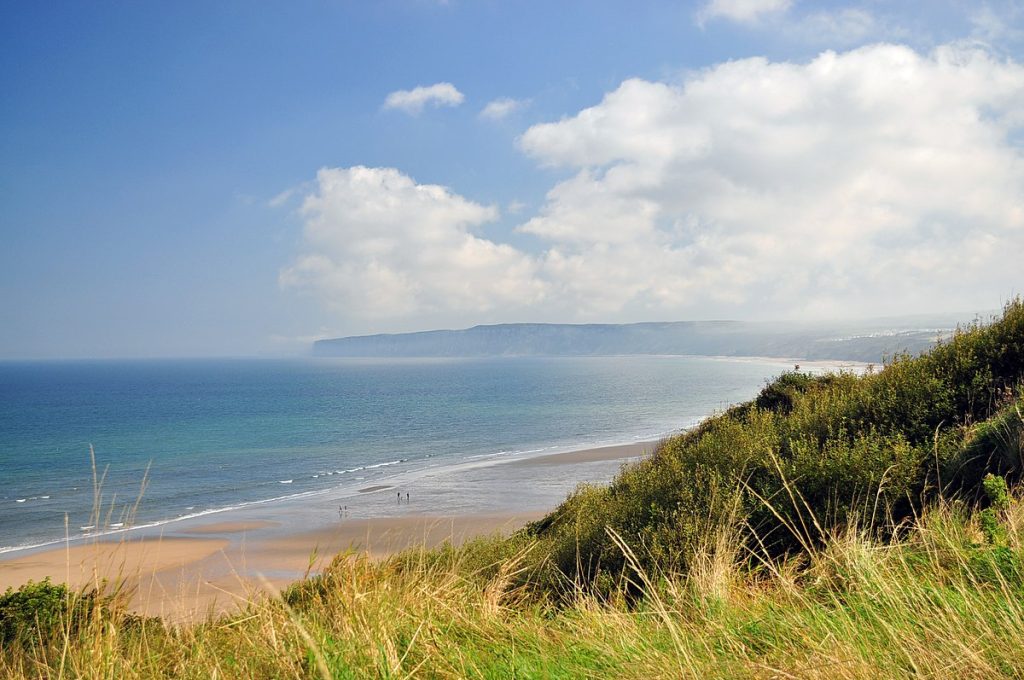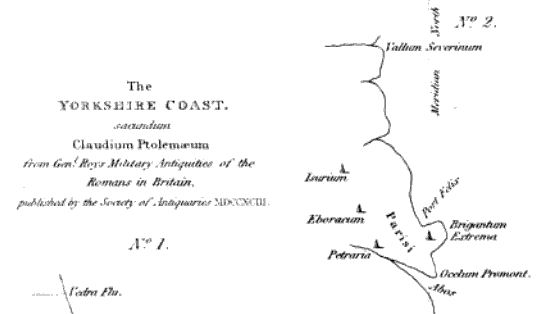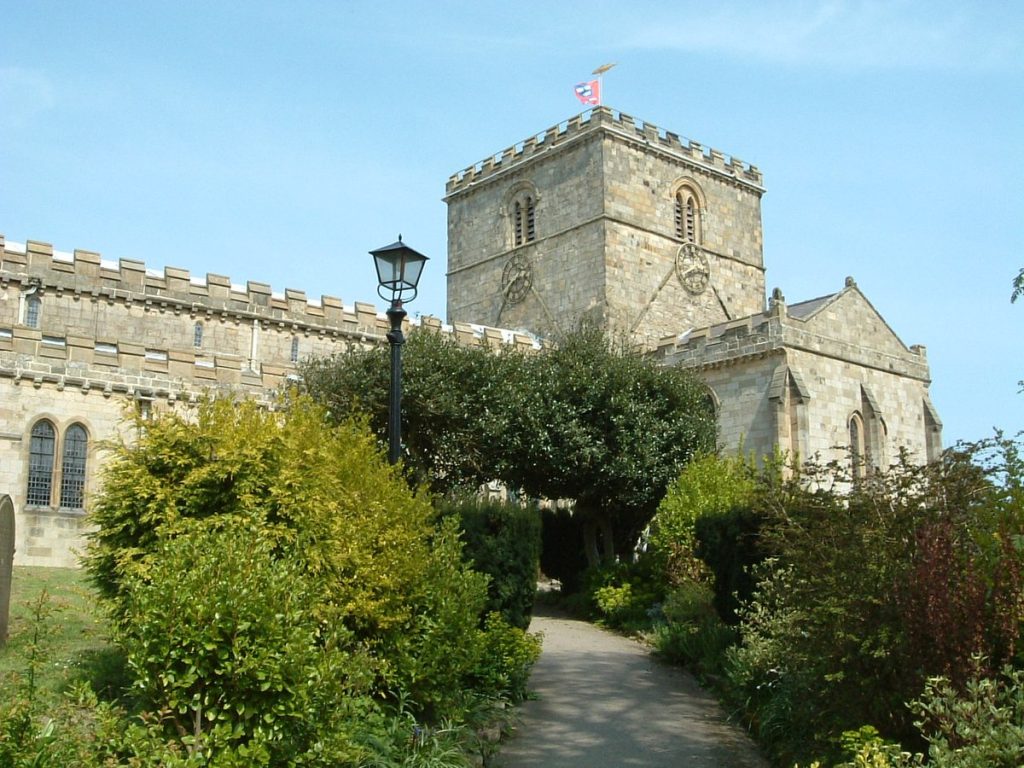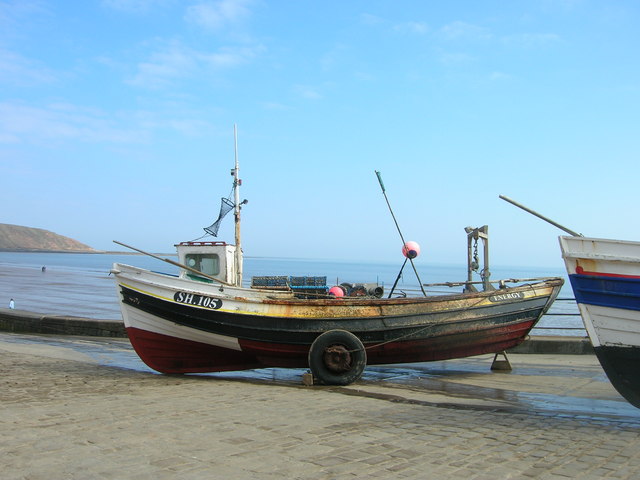
Filey is a seaside town in the Borough of Scarborough. Although it was once a fishing village, it has a sizable beach and has now become a popular tourist resort.
Roman History:

Discovered In 1857, the foundations of a 4th century Roman signal station were found. The structure is 50 meters long with a square tower, a defensive ditch and ramparts (possibly added later). Subsequent excavations have uncovered pottery and hoards of coins. The site is a protected scheduled monument, and supports the case that Filey may be the old Roman settlement of Portus Felix.
Ancient History:

The oldest building currently surviving in Filey is the 12th century parish church dedicated to St Oswald. St Oswald’s has nearly 1,500 pieces of preserved medieval graffiti on its roof. These range from initials to detailed imagery. One is known famously as the Whitby Cat. The graffiti covers 400 years of personable Filey history. It also aids in mapping out important people, their occupations and changes in literacy. The graffiti also showcases the start of tourism in the area and even a possible record of the 17th century plague.
Growth of Filey:

Filey was a small village until the 18th century when visitors from Scarborough arrived seeking the peace and tranquil life that Filey offered. In 1806 The Gentleman’s Magazine described Filey as ‘an escape from the boisterous crowds of Scarborough and a place of simple pleasures. On several occasions in the mid-19th century Charlotte Bronte visited Filey. Her aim was to recover her faltering health with the aid of the blissful Yorkshire coast. In June 1852 she wrote a letter to her father describing her time in Filey: “The Sea is very grand. Yesterday it was somewhat unusually high tide and I stood about an hour on the cliffs yesterday afternoon watching the tumbling in of great tawny turbid waves.”
Filey of the Sea:

The sea has been a boon for Filey with fishing being its traditional industry. Like most of the towns along the Yorkshire Coast the fishing boats at Filey were mainly cobles, and the fishermen and women mainly caught sea trout. In the modern day limitations have been placed upon how and where they can use their nets which leads to fears of the end of the Filey fishing industry. In 1804 a lifeboat was procured for the town and became an asset for the RNLI in 1852. The lifeboat station is still in existence with it gaining a new all-weather lifeboat in early 2021.
In 1931 a surprising event occurred off the coast of Filey and the east of Yorkshire, the Dogger Bank earthquake was a surprisingly strong earthquake. It had a magnitude of 6.1 on the Richter magnitude scale. Making it the strongest earthquake recorded in the United Kingdom since measurements began. The town of Filey was one of the worst hit by the tremors. With the Church spire being completely twisted.
Modern day:

For more than 40 years a cornerstone of Filey’s tourism industry was the Butlin’s Holiday camp. The building of the camp began in 1939 and continued during the second world war. However, the site was acquisitioned by the military to be used as an air force station known as RAF Hunmanby Moor. In 1945 after being returned to civilian use, it became a hugely popular holiday resort complete with its own railway station. By the late 1950’s it could cater to 10,000 holiday makers. The site was finally closed in 1984, which caused a decline in the holiday makers visiting Filey. However, despite this setback Filey still survives through tourism and in 2018 the town was featured in the Tour de Yorkshire bringing a flock of tourists.
Brand new Sweatshirts and Hoodies only at Yorkshiretshirts.com



